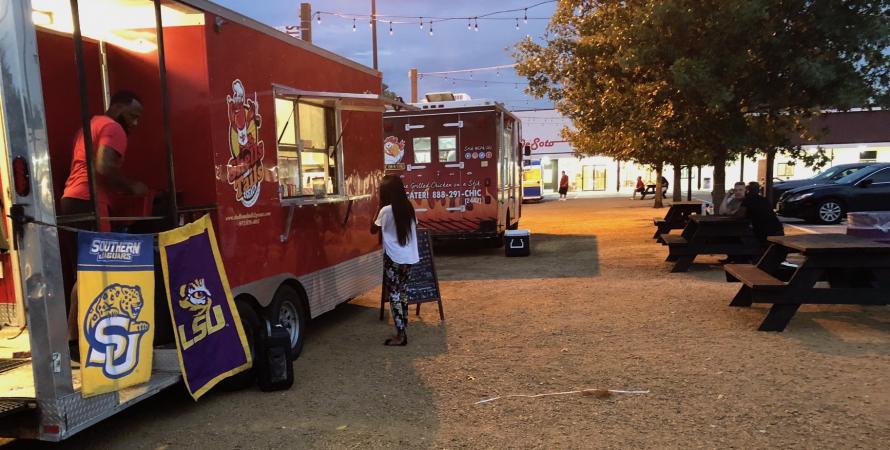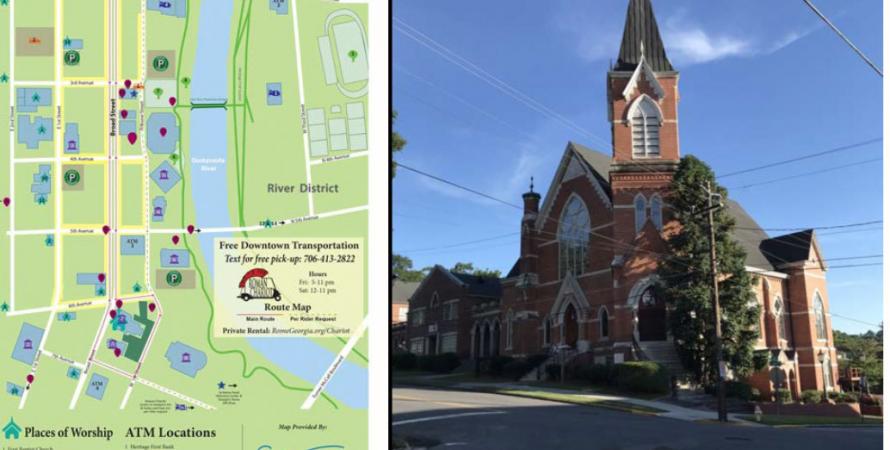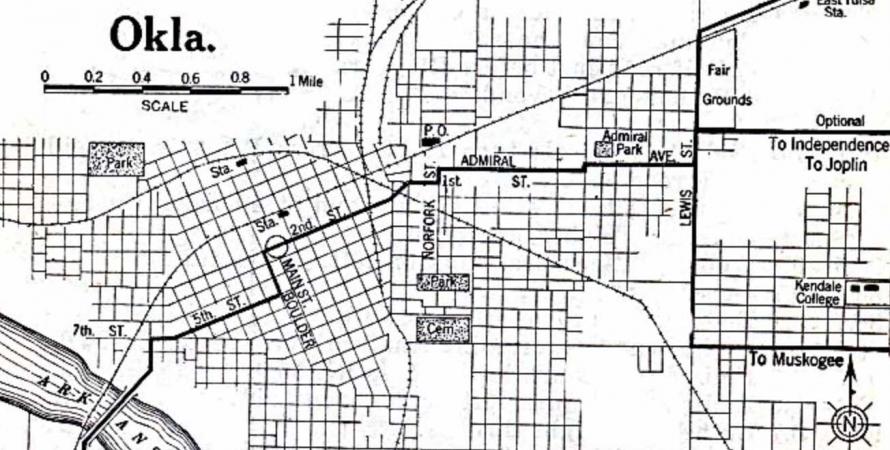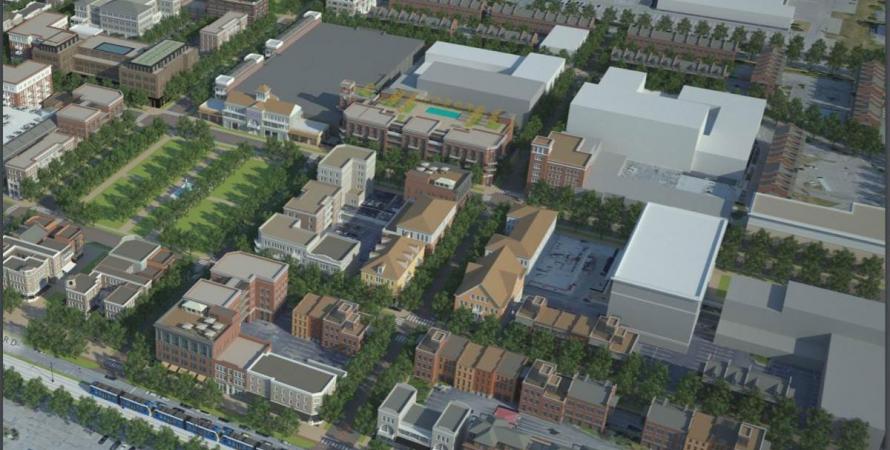-

Suburban retrofit is ‘autophagy’ of the built environment
Conventional suburbs are cities that have grown obese. We need processes for reusing their worn-out parts and creating something of higher value.My summer reading sometimes leads to connecting diverse topics with my area of professional focus—the built environment. I recently read a book on fasting 1 that introduced me to the body’s recycling process called “autophagy,” and I thought about suburban retrofit. I don’t know that anyone else...Read more -

A call to rethink dying houses of worship
The US may see 100,000 churches close, and this issue could help determine the success or failure of many downtowns and neighborhoods over the next three to four decades. The skills of urbanists are needed.Rome, Georgia, features steeple after steeple defining its skyline. Its tourist map for Rome depicts 15 houses of worship in its six-block long, four-block-wide Downtown area alone. The church properties take up a substantial portion of developable land downtown. Like cities nationwide, most of...Read more -

Micro-heroicism, Tulsa, and the DNA of CNU
New urbanists need to recharge their commitment to a "micro-heroic" remapping of mid-century America—where immigrants, workers, and minorities now struggle to build sustainable communities.Editor's note: CNU and Yard & Company partnered with the Global District, a nonprofit affiliate with Main Street America, to create a Tactical Urbanism project and plan for Tulsa’s Global District , a center of international culture and business. The project is part of CNU’s commitment to leave...Read more -

Buffalo suburb moves ahead with retrofit plans
Amherst, New York, is a municipality to watch for those who are tracking suburban retrofit—the idea of re-purposing automobile-oriented suburban areas for new uses in the 21 st Century. Amherst is the largest suburb in the Buffalo region, and home to the north campus of the University of Buffalo...Read more